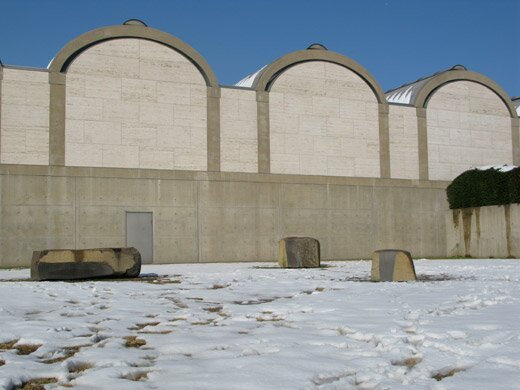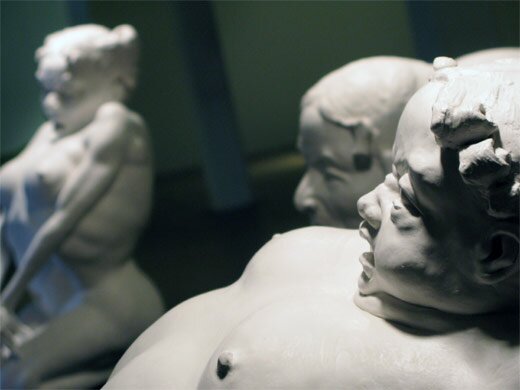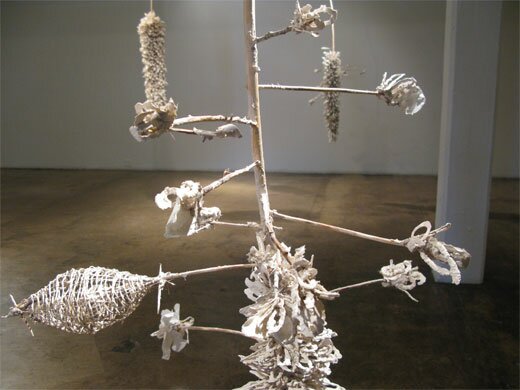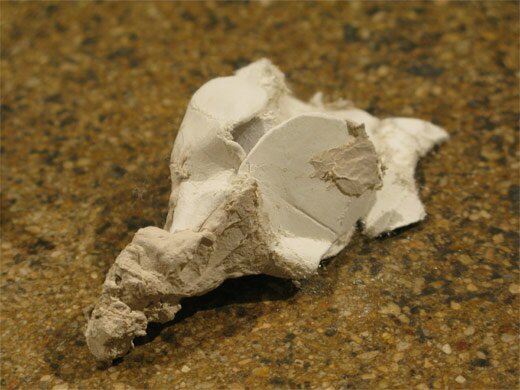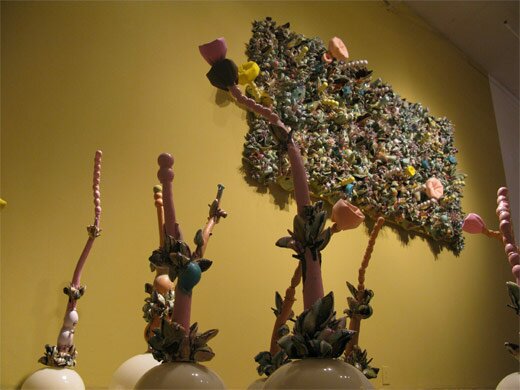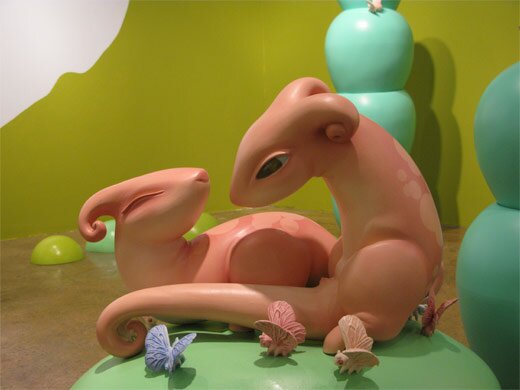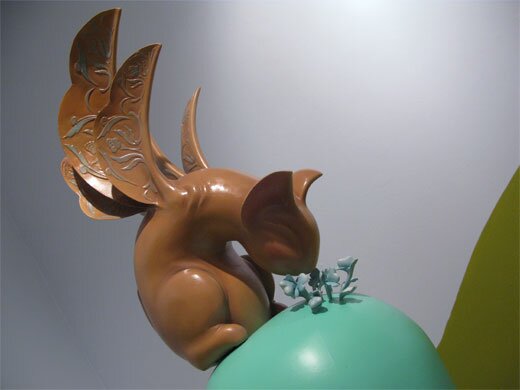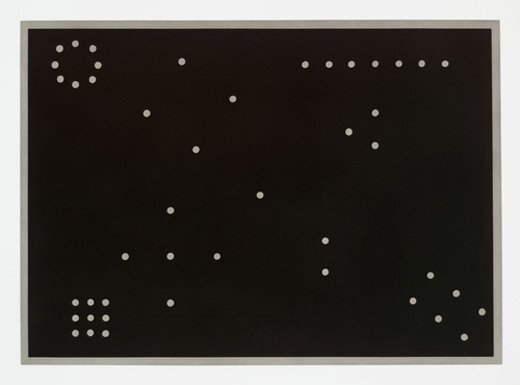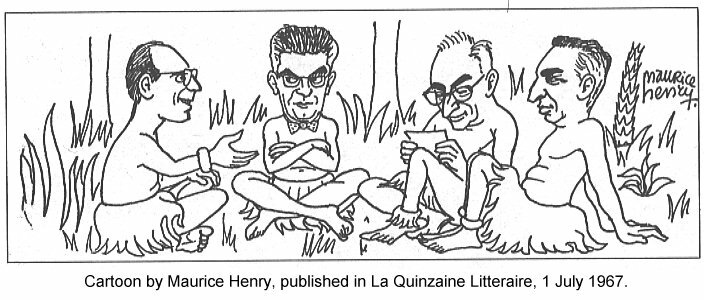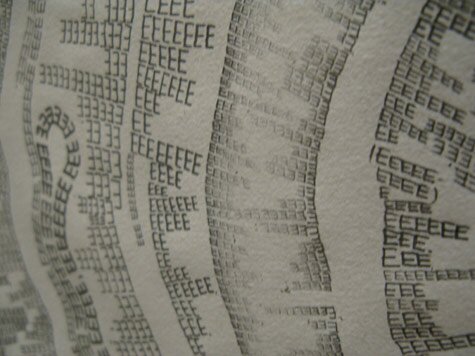For the third and final installment of our interview series with San Antonio art luminaries (see previous interviews, Easy Rider and Prodigal Son), we spoke with Anjali Gupta, executive director and editor-in-chief of Art Lies contemporary art quarterly. If it hasn’t been angelic qualities that have fueled this woman’s meteoric rise through the Nebula of Texan Art, than it has been her dogged work ethic, keen sense of telemetry, her concentrated gravity, and her superhuman ability to detect faint wisps of bullshit. She cannot hide her roots–tracking them all over the house on her boots–Gupta is a seasoned DIY commando, a builder of community and an emissary for that community cosmos-wide. We sat with her at our home and hers, both on San Antonio’s southside.
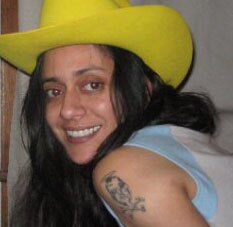
You were one of the driving forces behind the legendary Wong Spot in San Antonio. Tell us a little bit about the Wong days.
The Wong Spot began in a lovely building on South Flores, the old Wong’s Grocery Store, just a few months after I relocated here from Austin. Initially, it was a co-op consisting of artists James Cobb, Alex Rubio, Regis Shephard, Gary Sweeney and my ex-partner, Robert Tatum. At the time, I still had a somewhat regular studio practice, but my role was primarily what it always ends up being: the enabler. I dealt with logistics. Don’t get me wrong—it was a blast—and through Robert’s existing contacts in the San Antonio art community, it was wildly popular. We were also fortunate enough to be spitting distance from Jesse Amado and Chuck Ramirez’ studios, as well as Franco Mondini-Ruiz’ botanica. Such proximity fostered a certain synergy still prominent and strategically successful in the San Antonio visual arts community, Unit B and Sala Diaz being perfect examples.
We did everything on a shoestring. It was truly a community effort. When we relocated to East Commerce, however, it became an all-out business venture: a full kitchen, bar and a staff of 14 in a 10,000 square foot space. We staged weekly mini shows, monthly gallery shows, weekly film screenings and music five nights a week. (Did I mention that I was also running a video postproduction house out of the same building during the day?) It was a veritable circus, and ultimately—sans trust fund—sadly and inevitably unsustainable. But we didn’t really learn our lesson. Robert and I moved on to a series of smaller endeavors including Ellis Bean (which I quickly backed out of due to the, um, idiocy factor), The Honey Factory and 811 on Guadalupe and, finally, booking and curating the Wiggle Room for a spell. During this period, I survived on freelance writing gigs, graphic design jobs, gardening on the Riverwalk and producing videos, primarily for artists-in-residence at Artpace. I then woke up one day and consciously opted for a career instead of a series of really expensive and exhausting hobbies. Ten years, two paragraphs. Whew.
As somebody who grew up in Texas but has branched out, how has your opinion of the Texas art scene changed?
Actually, I spent half my formative years on the East Coast. I’m also a first generation American, which certainly shaped my psyche much more than being a “Texan.” My interest in the arts began as child (I was a fairly talented painter and my parents encouraged this), was fostered by my sister in my teens (she is an art historian and curator), by studying abroad in Germany and by my previous incarnation as an ethnographic filmmaker, which landed me in San Francisco in the early 90s working for Survival Research Labs.
That said, I have lived in Spring (just outside of Houston), Dallas, Austin and now San Antonio. Clearly, there is a distinct timbre in each of these cities and, by extension, a “Texas art scene.”
From your idiosyncratic perspective, is it all piñatas and cowpokes, or is there hope for other Texas art outside of Texas?
Mmmmk. At least you didn’t say scatological.
I assume by “hope” you mean an audience, and furthermore, success. My question to you is what yardstick do you, as an artist, use to measure success? Mine stick is qualitative, not quantitative. It is made in Texas out of imported wood and yes, it can beat the crap out of your piñata.
Have you seen any New Media artwork lately that has had an impact on you?
Sure. Some enchanting and some disappointing, which is to be expected no matter what the media.
Prove that you’re telling the truth, and name one. And tell us where you saw it and what made it stand out from all the other sermons you’ve heard in the last year.
Miguel Angel Rios’ 2008 video series White Suit, Crudo and Matambre comes to mind. I first saw them in person at the 2009 Armory Show, which was the perfect venue for this work—a hands down smack down—a balls out parody of the art industry. What makes this work stand out is that is not a sermon at all. I like art on the secular side of the spectrum. I don’t like to be preached at.
What is the difference between contemporary art and art made contemporaneously?
Content.
If you’re lining your eyeballs up with the fine line that separates the two, what can you see on either side?
Shit/Shinola. Please see David Robbins’ Brie Popcorn in Art Lies 52.
Do you ever get too much art?
If I do, it is probably time for a career change.
How do you cope?
I don’t. I allow myself the latitude to act out with impunity.
So, despite rumors, there are no outstanding warrants for your arrest?
I didn’t say that.
How can artists be productive members of society outside of the art world?
That is reductive. The art world is an imaginary space.
There are a lot of people going into debt pursuing degrees to prepare themselves for that imaginary space.
The industry of the MFA is problematic any way you look at it. I know plenty of smart, talented artists (and curators and art historians) with advanced degrees working multiple unpaid internships and/or bartending, driving cabs, stripping, walking dogs for cash, etc. This is nothing new. Spillage is normal and healthy. The very idea that a degree is somehow an automatic direct flight ticket to see the wizard is a very strange fallacy—one quite obviously reinforced in the labyrinths of our upper learning institutions. People coming out of prestigious MFA programs are simply not prepared for rejection, and let’s face it, even rejection has to be earned. Perhaps the idea of a PHD in studio art is a temporary solution to your question. That way, by the time these kids get out of school, they will be totally incapable of dealing with the real world and well prepared for the comforting and insular interior of a padded cell.
How did the economic crisis impact artists and the art industry?
How did it or how is it? We’re all still pretty fucked, top to bottom, coast to coast. Anyone who says differently is trying to sell you a self-help seminar. Funding freezes. Hiring freezes. Layoffs. Cutbacks. Ad budgets slashes. Programming halts. Tenure track position cuts. Gallery closures—I could go on, but the bottom line is now is the time to get creative. Collaborate. Pool resources.
Survive.
7 Comments »
